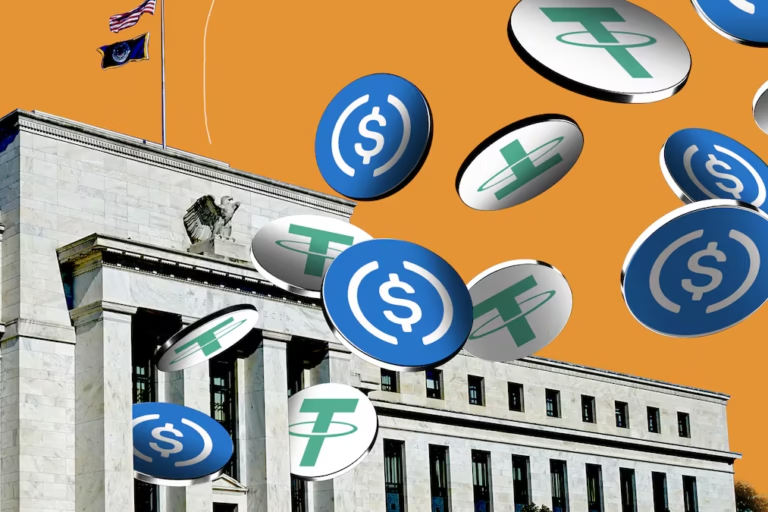If you’ve followed global finance for a while, you’ll know that China has a habit of building its own version of… well, everything. From social media to payment systems to satellites, Beijing likes to keep control close to home. But what happened in July 2025? That’s a whole new chapter, even by China’s ambitious standards.
This summer, Beijing unveiled something that could quietly reshape the way money flows around the world. Instead of sticking to one digital currency, they launched a two-track system. Inside mainland China, there’s the e-CNY, a fully monitored and tightly controlled currency that’s still marketed as “private” for citizens. Outside China’s borders, a brand-new stablecoin called AxCNH has been introduced, pegged to the offshore Chinese yuan (CNH).
At first glance, this might sound like just another cryptocurrency project. However, when you look closely at the timing, scale, and strategy, it becomes clear that this is far more than a tech upgrade. It’s a calculated move to challenge the dominance of the U.S. dollar in specific parts of the world where China’s economic influence is already growing.
Billions Flowing Through Belt and Road
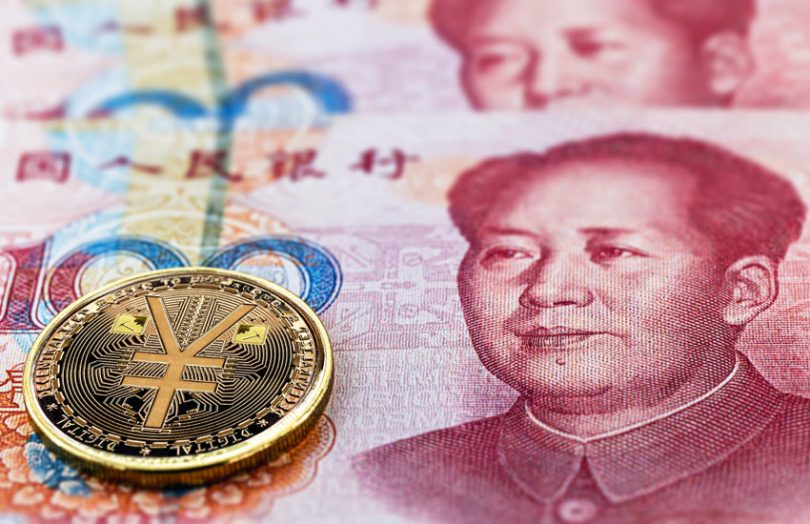
To understand the power behind this move, we need to look at where China’s money has been going in 2025. The Belt and Road Initiative (BRI) — China’s global infrastructure and trade network — has just had one of its biggest investment surges in history.
In the first half of the year alone, China invested $124 billion into BRI projects. That is more than the total amount for the entire year of 2024. Africa saw $30.5 billion in new funding, which is five times more than last year’s figure. Central Asia received $25 billion, strengthening China’s foothold in a region rich in resources and strategically located for trade.
Even more telling is the shift in how these investments are structured. Nearly 46% of new BRI projects are now equity deals rather than loans. In other words, China isn’t just lending money anymore — it is directly owning parts of ports, railways, energy plants, and industrial zones.
While these projects are being built, the e-CNY pilot program has also been busy. Across 23 Chinese cities, it has already processed $250 billion worth of domestic transactions. The numbers are big, but the bigger story is how this fits into China’s long-term plan for financial influence.
AxCNH: More Than Just Another Coin
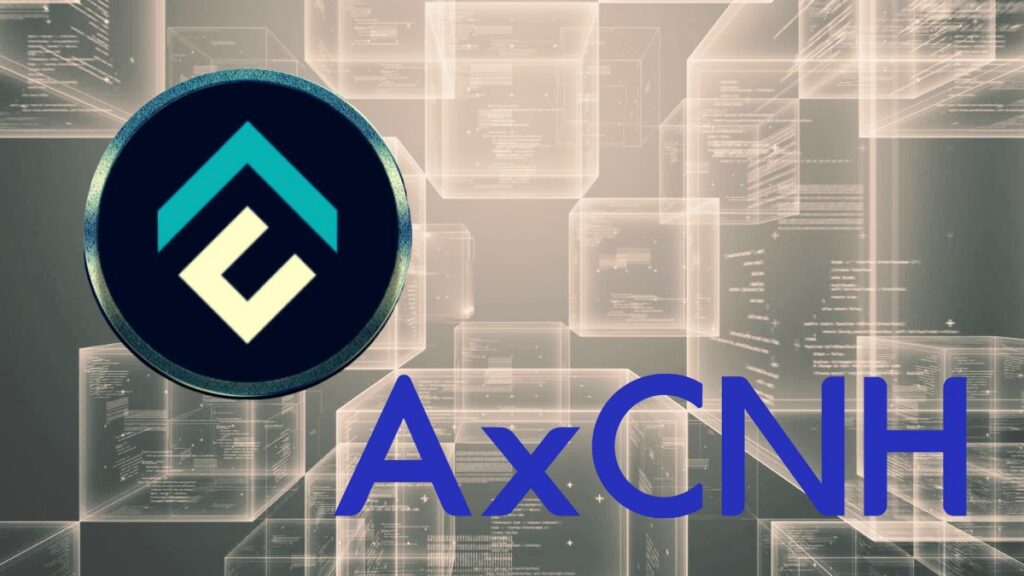
The real innovation lies in how AxCNH is being launched. It’s not coming straight from Beijing’s mainland system. Instead, it’s being issued through Hong Kong, using something called the LEAP framework.
This legal framework allows companies to create stablecoins pegged to the offshore yuan (CNH) without being locked into mainland China’s strict capital controls. That’s a big deal because it means people and businesses can use “Chinese” money without instantly falling under Beijing’s direct jurisdiction — at least in theory.
Think of it like a VPN for finance. You’re still connected to China’s currency system, but through a route that gives more flexibility for international transactions.
Now, here’s where the plan gets truly strategic. Imagine China building a $20 billion gas processing park in Nigeria. Every payment within that project — from supplier invoices to contractor salaries to profit transfers — could be made in AxCNH. Over time, this creates a mini offshore RMB economy that operates entirely outside the U.S. dollar system and doesn’t rely on SWIFT for international transfers.
If China repeats this across hundreds of Belt and Road projects, it could build a shadow financial network. These “micro-currency zones” wouldn’t replace the dollar everywhere, but they could dominate in pockets of the global economy where China’s influence is already deep.
The Trust Question
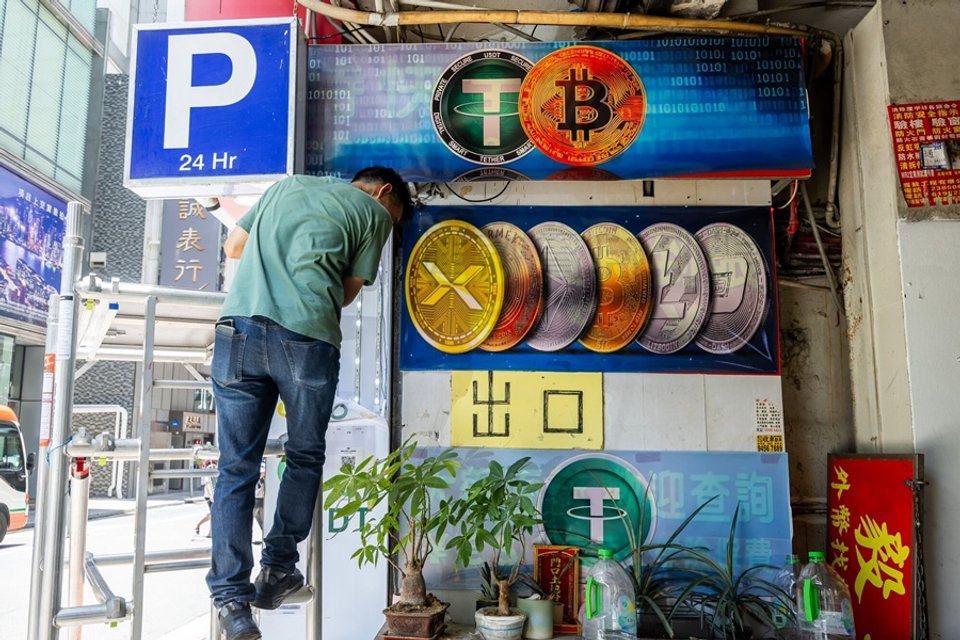
Of course, the big question for global markets is trust.
Beijing says AxCNH will be backed 100% by reserves. On paper, that sounds reassuring. In reality, those reserves are still under a government that has shown it can change the rules at any time. The blockchain supporting it might be “private,” but it’s still closely aligned with state interests.
We also need to remember past examples. Ant Group, once China’s most promising fintech giant, was abruptly restructured after regulators stepped in. It was a reminder that in China’s financial system, no project — no matter how successful — is beyond government control.
So while Hong Kong’s regulations currently provide clarity, there’s no guarantee that Beijing won’t extend its influence over AxCNH once it grows big enough.
Tokenization: The Bigger Play

While AxCNH is clearly about payments, it also fits neatly into another trend in global finance: tokenization of real-world assets.
Analysts believe tokenization could become a $16 trillion market by 2030. That means physical assets like real estate, commodities, and infrastructure could be represented as digital tokens, allowing them to be traded more easily and efficiently.
AxCNH could act as the stable, RMB-denominated settlement layer for these tokenized assets. For example, a copper mine in Central Asia could issue digital shares on a blockchain, and every transaction could be settled in AxCNH.
However, there’s a catch. Holding a token that represents a physical asset in another country doesn’t guarantee you can claim the actual asset if something goes wrong. Without strong legal protections and enforceable rights, tokenization can be little more than a high-tech version of holding a promissory note.
How This Compares to the West

The United States still dominates the stablecoin market, with over 90% of liquidity tied to USD-backed coins. Yet, despite this dominance, U.S. lawmakers remain hesitant about introducing a central bank digital currency (CBDC). Concerns about privacy, data control, and potential government overreach have slowed progress on a digital dollar.
The European Union is even further behind. The digital euro project prioritizes privacy and consumer protection, but it’s moving at a snail’s pace.
China’s approach is the complete opposite. Instead of long debates and slow pilots, it is pushing forward quickly, integrating its currency into major trade and infrastructure projects. While the U.S. focuses on protecting existing systems, China is actively building new ones from the ground up.
Why This Matters

At its core, AxCNH isn’t trying to replace the U.S. dollar in New York or London. Its mission is more targeted. By embedding itself into Belt and Road projects, China can create self-contained financial ecosystems where the RMB — in digital form — becomes the default for trade and investment.
Over time, these ecosystems could grow large enough to operate independently from the dollar. Even if AxCNH never becomes a global reserve currency, it could still shift the balance of trade in key regions, giving China more economic leverage.
So..
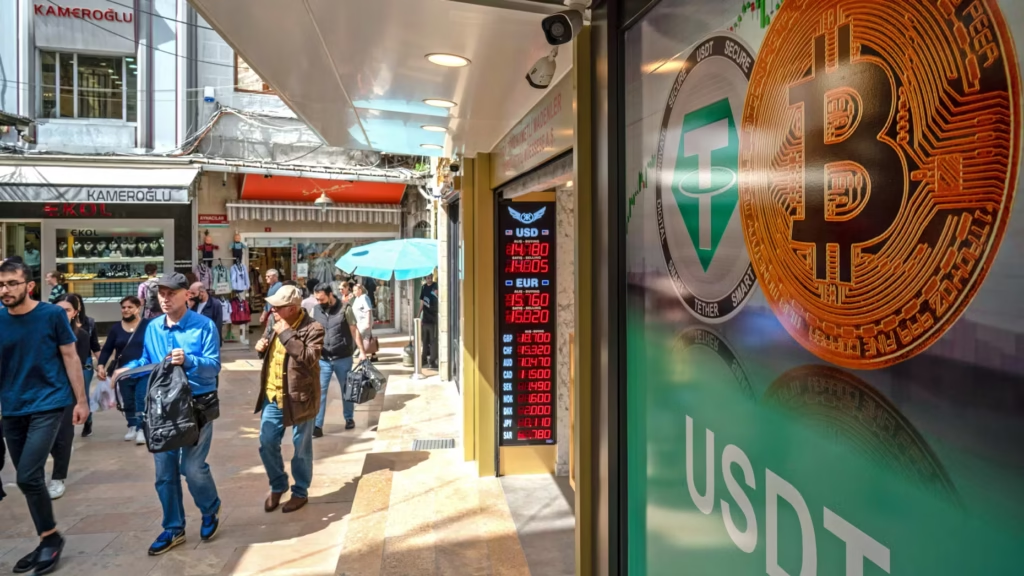
Chinese stablecoins like AxCNH represent a bold experiment in global finance. They’re part currency, part geopolitical tool, and part technological showcase. The idea is not to win a sudden victory over the dollar but to chip away at its dominance, one project at a time.
The real challenge for Beijing will be building enough trust for businesses, governments, and investors to adopt AxCNH. Without that trust, even the best technology and the most ambitious strategy can stall.
As someone who follows these developments closely, I see AxCNH as a sign of where the world is heading: towards a more fragmented, multi-currency system. Whether that’s a good thing or not will depend on how transparent, reliable, and fair these new systems turn out to be
If there’s something you want me to cover next, just let me know. You can follow me here on my website and my Medium to get my latest updates as soon as they drop! You can also contact me through X @AskaraJr and Linkedin


